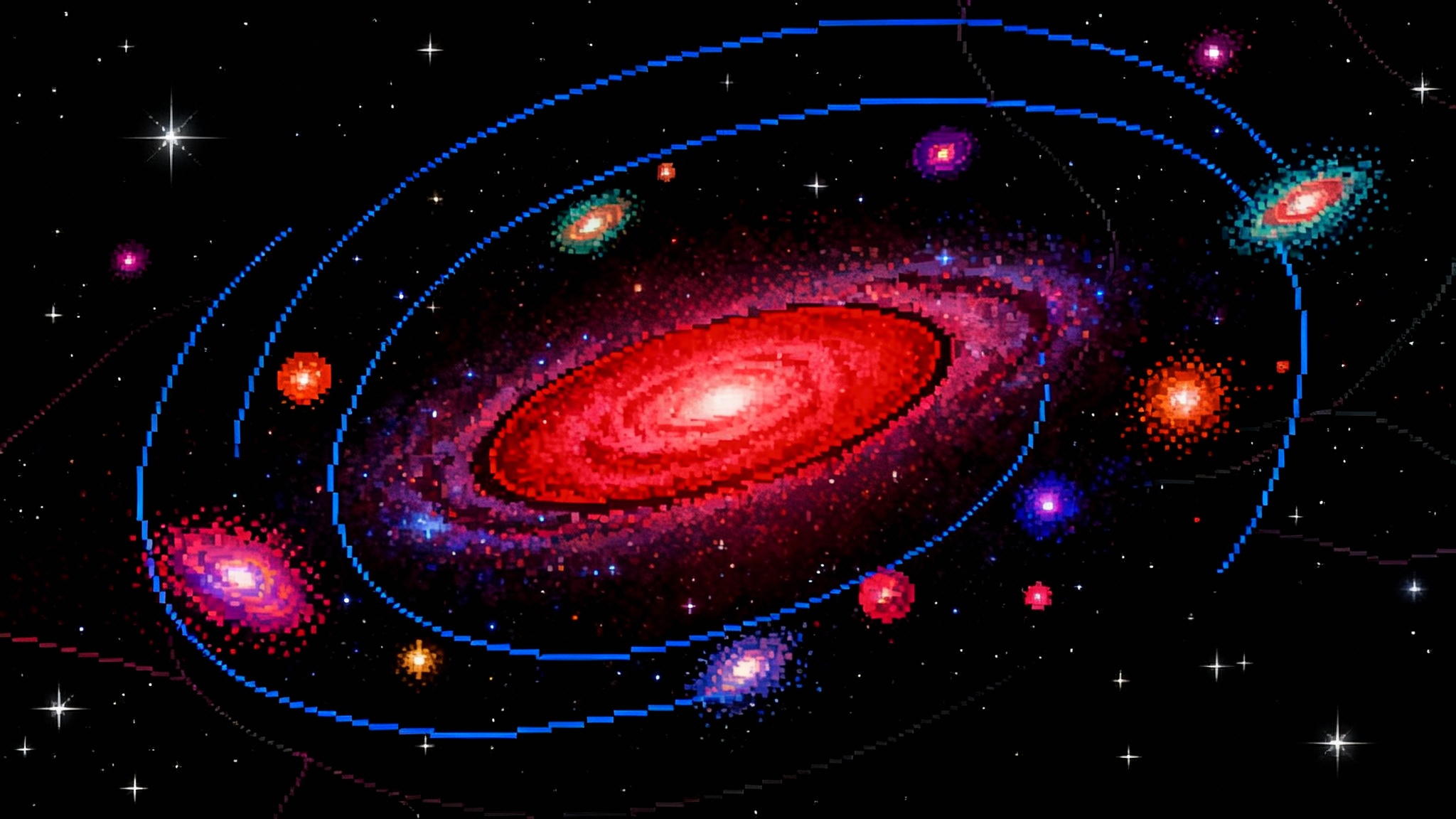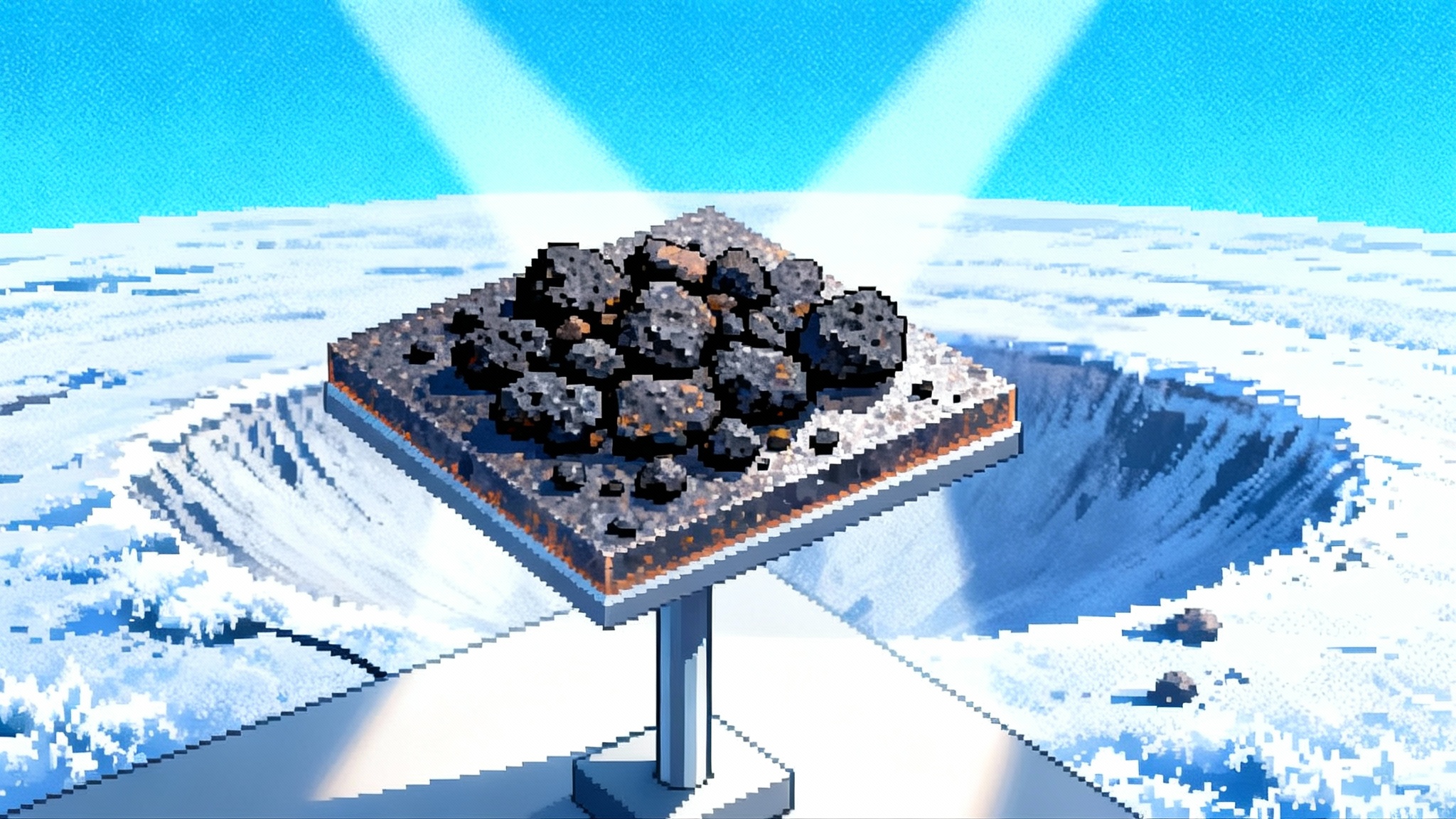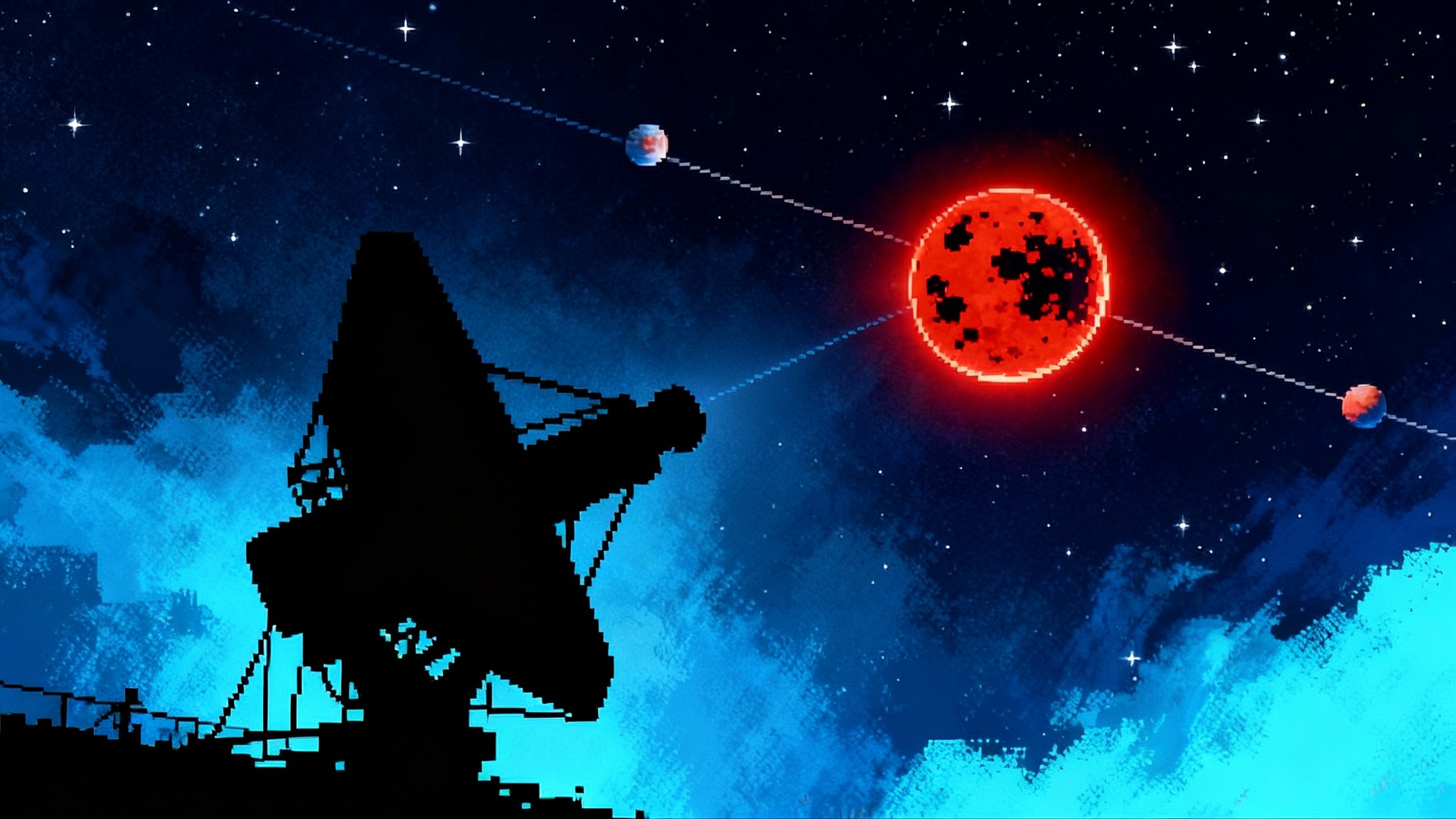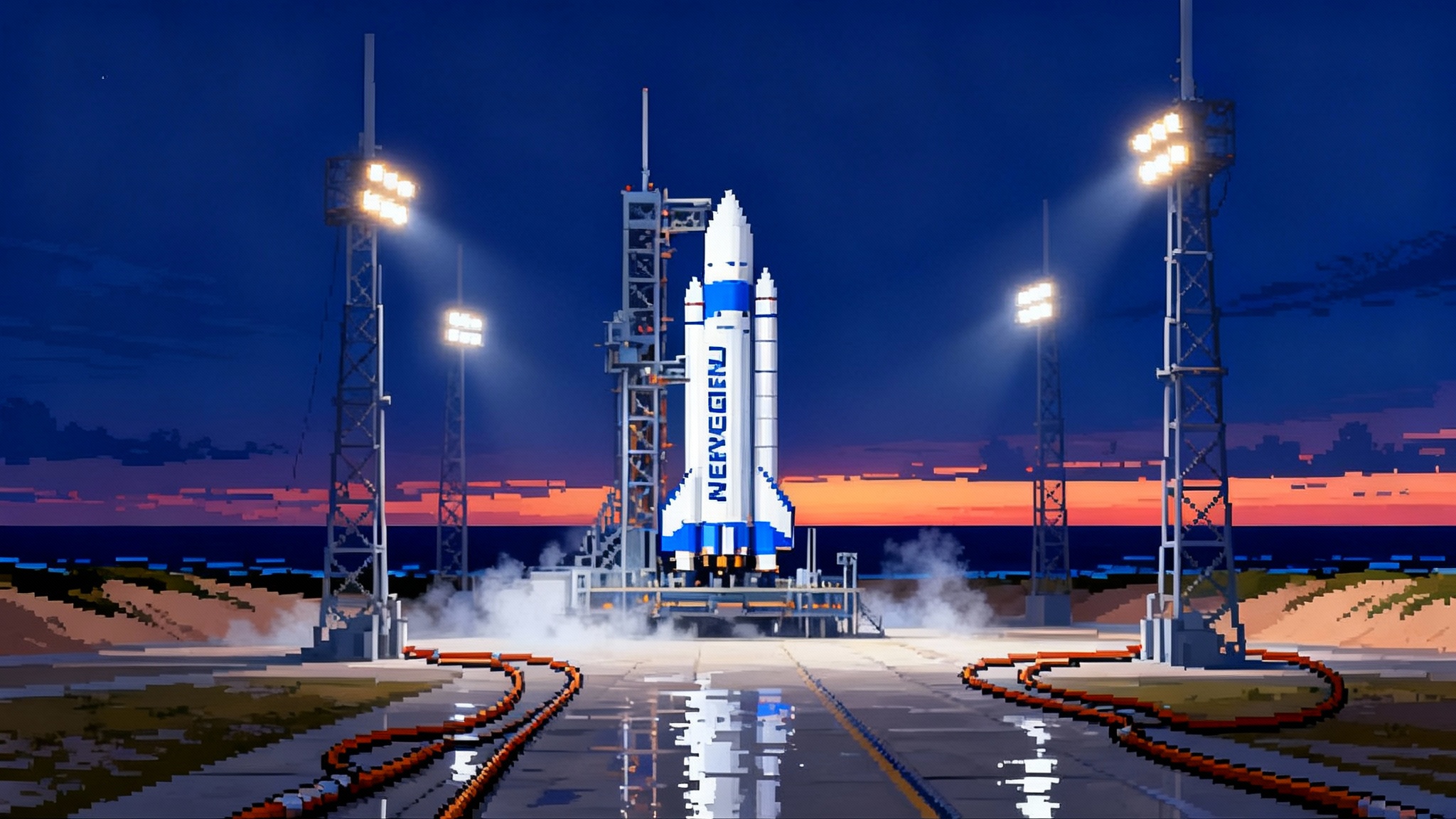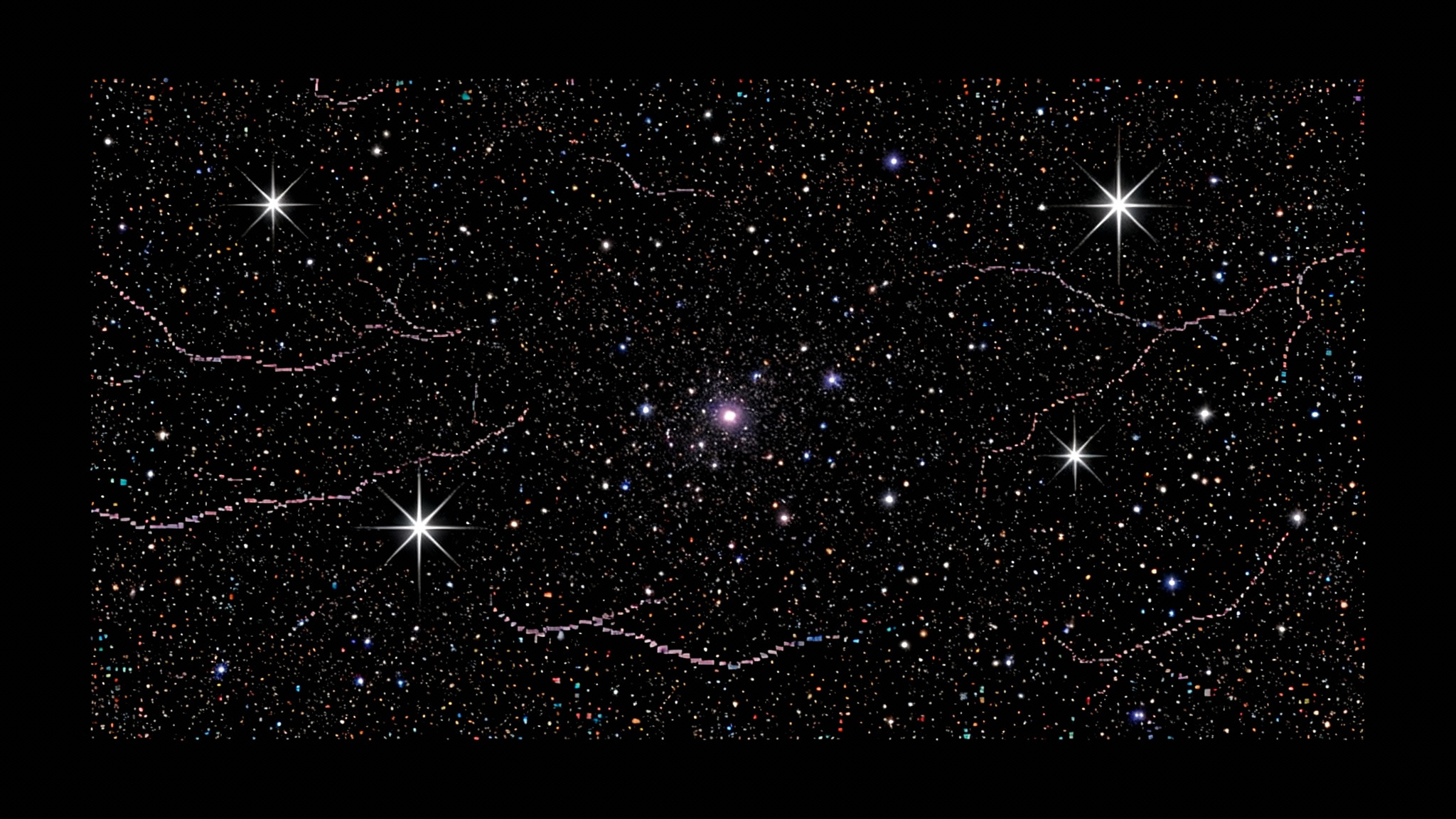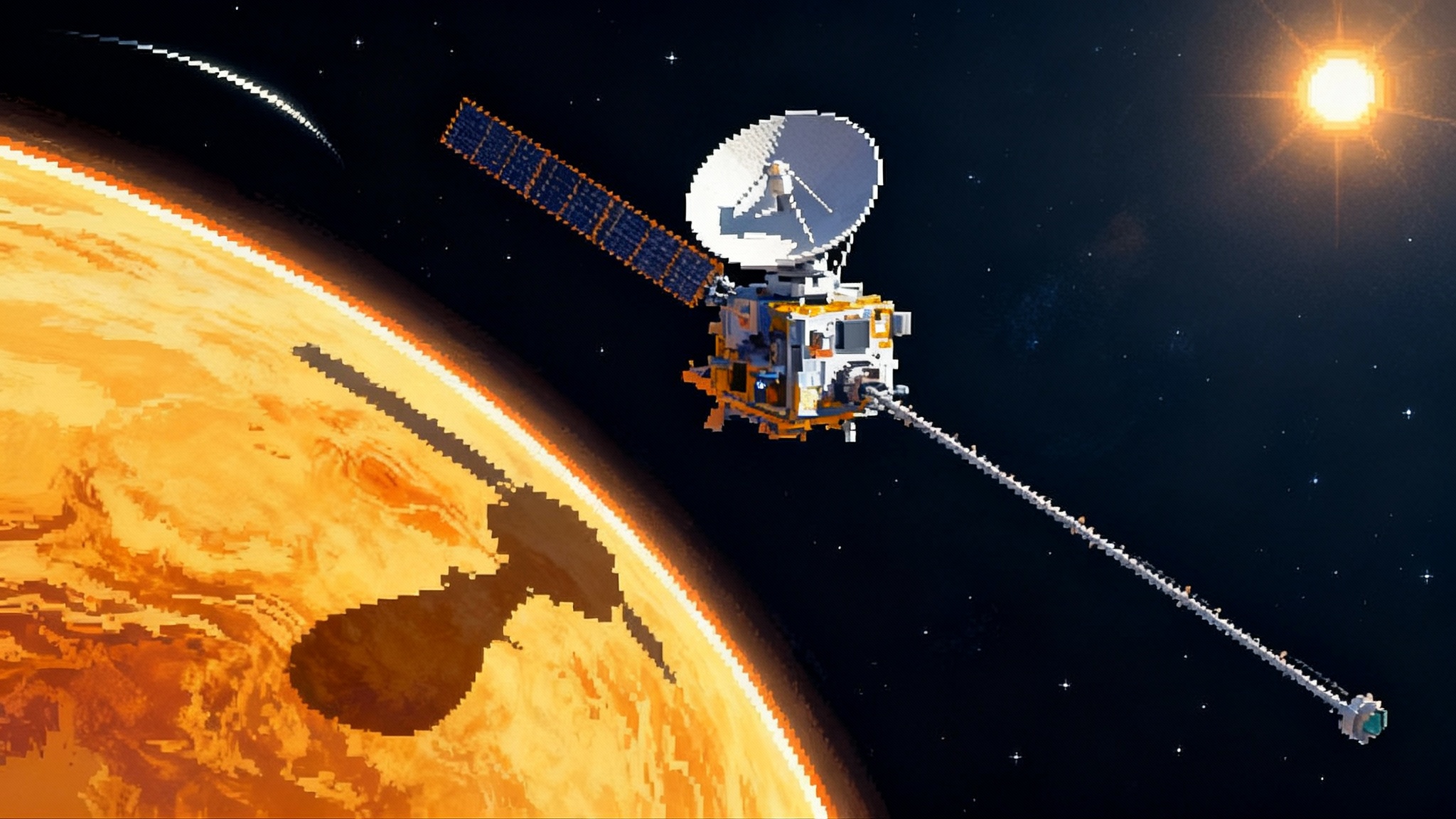Two Mars probes, one big moment for New Glenn and NASA
Blue Origin’s New Glenn is slated to send NASA’s twin ESCAPADE spacecraft toward Mars as early as fall 2025. Explore what the mission will uncover about Mars’s magnetosphere and why a successful second New Glenn flight could reset pricing, cadence, and competition across the launch market.
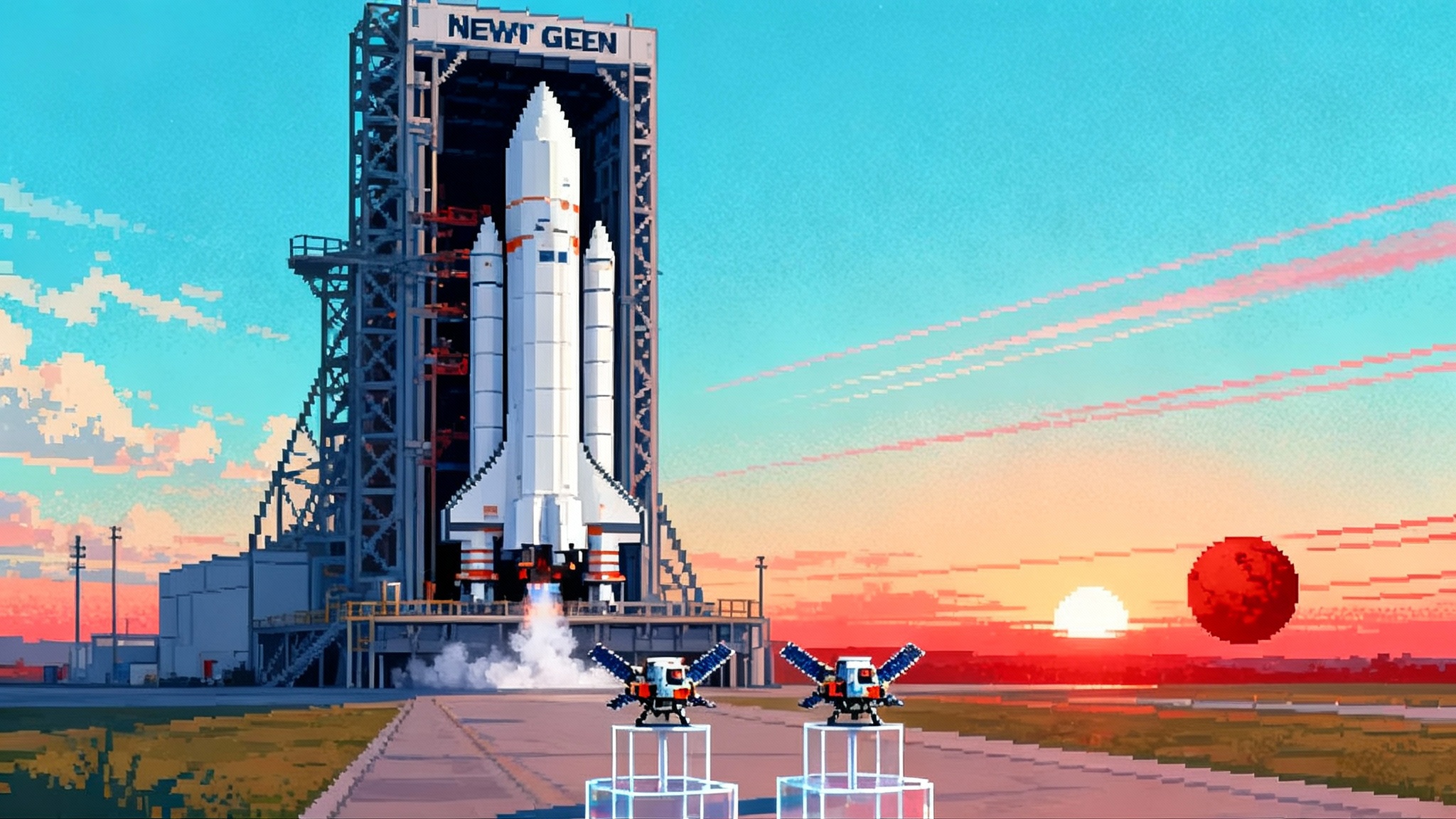
The launch where two stories intersect
If all goes to plan this fall, Blue Origin’s New Glenn will lift NASA’s twin ESCAPADE spacecraft on a trajectory toward Mars. On September 22, 2025, NASA said the twin spacecraft are back in Florida for processing and a launch no earlier than this fall, a clear sign that the mission is finally closing in on the pad after a year of reshuffling. That single liftoff yokes together two narratives that matter far beyond one countdown. It is, at once, a compact science mission poised to answer big questions about how Mars loses its atmosphere, and a market signal that a new commercial heavy-lift rocket is ready to shoulder interplanetary payloads. For program context, see our New Glenn first flight recap and NASA’s NASA ESCAPADE processing update.
What ESCAPADE wants to know at Mars
ESCAPADE stands for Escape and Plasma Acceleration and Dynamics Explorers, a pair of small orbiters named Blue and Gold. The goal is straightforward to state and surprisingly hard to measure. Mars once had thicker air and flowing water, but today it is a dry, cold world with a tenuous atmosphere. Some of that loss is tied to how the solar wind strips away particles. Mars does not have a global magnetic field like Earth; instead, it has patchy crustal fields that create a hybrid magnetosphere. That mosaic allows the solar wind to punch through in places while deflecting it in others. Understanding how this patchwork system channels energy and particles is central to answering how fast Mars continues to bleed atmosphere. For background on the physics, see our Mars magnetosphere guide.
Three science questions drive the mission:
- How do magnetic structures around Mars guide the flows of ions and electrons?
- How is energy and momentum transferred from the solar wind into the Martian system?
- Which processes actually let matter escape from the upper atmosphere into space?
These are not academic puzzles. They affect the radiation and plasma conditions that future crews would face, and they feed into models that estimate how sustainable surface infrastructure will need to be.
Why Mars magnetosphere matters for people
For human exploration planners, atmospheric escape is more than history. It sets today’s space weather environment at Mars. Sudden solar events can supercharge particle fluxes, boost ion outflows, and change how communications and power systems behave. A better map of when and where these changes occur lets mission designers plan safer surface operations, design more resilient satellites that relay data to crews, and choose landing sites with plasma conditions that are easier on hardware. Think of ESCAPADE as installing the weather radar the community has wanted since MAVEN gave us the first detailed storm reports.
The instruments in two mini orbiters
Each spacecraft carries the same trio of sensors, a compact package assembled for maximum return per kilogram:
- EMAG, a magnetometer on a boom that measures the local magnetic field and its fluctuations. This reveals the geometry of crustal fields, boundary layers, and reconnection signatures.
- EESA, a set of electrostatic analyzers that sample suprathermal electrons and ions. These data show how particle populations respond to solar wind pressure, shock passages, and field-aligned flows.
- ELP, a Langmuir probe suite that senses thermal plasma density and spacecraft potential. These measurements anchor the plasma environment and help turn counts from the analyzers into physical densities and temperatures.
Together, the three instruments can disentangle cause and effect. When the solar wind pushes on the dayside, EMAG watches the field drape and fluctuate, EESA records whether ions are accelerated away from the planet or funneled along crustal arcs, and ELP nails down what the background plasma is doing. Repeat those measurements over the poles and the nightside, and you can build a working model of where and when Mars leaks.
The two-point choreography that makes the science work
The most elegant part of ESCAPADE is not any single instrument, it is the formation flying.
- Cruise and capture: After separation from New Glenn and a months-long cruise, the pair enters highly elongated orbits at Mars. In those early months the team trims, tweaks, and lines up the planes and periods.
- String of pearls: The first science phase places Blue and Gold in essentially the same long ellipse with a leader-follower separation. That gives time-separated looks through the same magnetic structures. If a boundary moved or a plume pulsed between passes, the team can see it directly.
- Divergence for perspective: In the second phase the spacecraft shift their apoapses to different altitudes. Now the orbits precess at different rates, slowly changing the local time and geometry each craft samples. The pair can be in very different parts of the magnetosphere at once, which turns the dataset into a genuine two-point map. The result is both temporal and spatial coverage without the cost of a full constellation.
Formation flight at Mars is not trivial. Small maneuvers must maintain safe separation while keeping the geometry that the science team needs. It is a mission design problem as much as a navigation one. ESCAPADE uses modest delta-v and careful timing to do this within a small mission’s fuel budget.
The smallsat build that makes it possible
ESCAPADE is a study in lean planetary exploration. The spacecraft are small, built on a commercial platform, and optimized for in situ measurements. The mission team has emphasized cost discipline, schedule agility, and the use of commercial components where practical. That approach pairs naturally with the launch strategy. Rather than demand a bespoke ride, ESCAPADE accepts a commercial heavy-lift vehicle and a risk-tolerant contracting model that trades a bit of schedule certainty for budget relief.
Why New Glenn carrying ESCAPADE matters
New Glenn’s second mission is expected to be its first to send a NASA payload toward another planet. That matters for at least three reasons.
-
It adds a second commercial heavy-lift option for interplanetary deliveries. The more rockets that can do trans-Mars injection with margin, the healthier the market is for planetary missions that need unique trajectories or narrow windows.
-
It validates NASA’s use of VADR, the Venture-class Acquisition of Dedicated and Rideshare contract family, for science payloads that can tolerate higher launch risk in exchange for lower price and simpler oversight. VADR was created to open the door to newer vehicles under a framework that acknowledges reality. Some missions can fly on rockets that are early in their flight history, as long as the program accepts the risk calculus. ESCAPADE is a textbook case, and Blue Origin’s selection for ESCAPADE under VADR made that explicit. For more context, see how VADR works and NASA’s NASA VADR selection release.
-
It intensifies competition with SpaceX. SpaceX has set the pace for a decade, launching most of NASA’s small rideshares and several interplanetary missions on Falcon 9 and Falcon Heavy. If New Glenn can reliably hit precise interplanetary drop-off conditions, NASA gains leverage. More competition usually means better pricing, better schedule options, and more flexible manifests for science teams.
What a successful second flight would signal
If New Glenn delivers ESCAPADE cleanly and the upper stage performs to spec, several signals go out at once:
- Reliability curve, first bend: Two data points do not make a fleet statistic, but they start to shape the perception of reliability. Insurers and mission managers begin to price risk differently after a clean interplanetary insertion.
- NASA’s risk tolerance, validated: VADR’s thesis is that some payloads can accept higher launch risk to gain cost and speed. A successful ESCAPADE launch would be proof that the model can carry science to deep space without undermining mission objectives.
- Procurement posture, stronger: With two commercial heavy-lift players in the game, NASA can tune missions to the launcher that best fits trajectory, window, and integration needs. That reduces single-vendor bottlenecks and the knock-on schedule slips they can cause.
Competition with SpaceX, in practical terms
This is not a cage match, it is a market. SpaceX will continue to dominate high-cadence LEO delivery and many interplanetary rideshares. New Glenn does not need to beat Falcon 9 to be important. It needs to be reliable, price competitive on the right missions, and available when narrow planetary windows open. If it can do that, NASA’s planetary program gains optionality. Researchers gain more chances to align their science with a viable launch slot. Suppliers gain a second demand signal for upper stage and deep space avionics work. Even SpaceX benefits, since competition tends to drive improvements and keeps the entire ecosystem focused on value rather than lock-in.
Faster, cheaper planetary missions get a tailwind
ESCAPADE is part of a quiet revolution in how planetary science gets done. Call it small, fast, and focused. Instead of single flagships every decade, agencies are mixing in targeted missions that attack specific questions for a fraction of the cost. The ingredients are clear:
- Commercial spacecraft platforms that shrink nonrecurring engineering.
- Small, high-heritage instruments that do one thing very well.
- Contracting models that buy launch services at market speed.
- Ground systems that can handle multiple spacecraft without ballooning operations costs.
Put those together, and you can imagine a cadence where Mars, Venus, and small body missions take shots more often. Failures become survivable, because the next window is not ten years away. Successes stack, because overlapping missions can cross-calibrate and build shared context. ESCAPADE’s two-point method is a template that could be adapted almost anywhere a magnetized plasma interacts with a planet or moon.
What this approach unlocks
- Multi-point plasma physics on a budget: Two or three small orbiters can replace a single large craft when the science is intrinsically about spatial structure and time variability.
- Opportunistic trajectories: Heavy-lift with margin enables creative rideshares or direct insertions that would be too tight on smaller vehicles.
- Agile manifests: With multiple commercial vehicles competing, planetary teams can move between options when one launcher slips, without redesigning the entire mission.
What to watch between now and liftoff
- Processing milestones in Florida: The spacecraft have returned to Astrotech in Titusville for inspections, fueling, and integration. Watch for updates on propellant loading and environmental tests. That signals the spacecraft side is truly on the glide slope.
- New Glenn readiness: For an interplanetary payload, the upper stage and mission design matter as much as the booster. Staging timelines, fairing environments, and navigation handoffs will be scrutinized closely. The second flight will say a lot about Blue Origin’s launch cadence and operations maturity.
- The window and the trajectory: Mars launch windows are unforgiving. The team has designed trajectories that support a fall liftoff and a measured cruise to a Mars arrival about two years later. Narrow windows favor providers who can hold a date. That is part of why the market signal from this flight matters so much.
Bottom line
ESCAPADE is small but not small in ambition. Two compact orbiters will work in concert to watch Mars’s patchwork magnetosphere breathe, and in doing so they will sharpen our understanding of why the planet lost so much air and how it continues to change today. Those answers feed directly into the blueprint for human explorers, from radiation risk to satellite relay design.
At the same time, ESCAPADE is a test of the space economy’s next phase. If New Glenn flies a clean interplanetary mission on only its second outing, NASA’s VADR bet looks savvy, competition with SpaceX becomes healthier in practice rather than theory, and the door opens wider for faster, cheaper planetary missions that ask sharp questions and get crisp answers.


